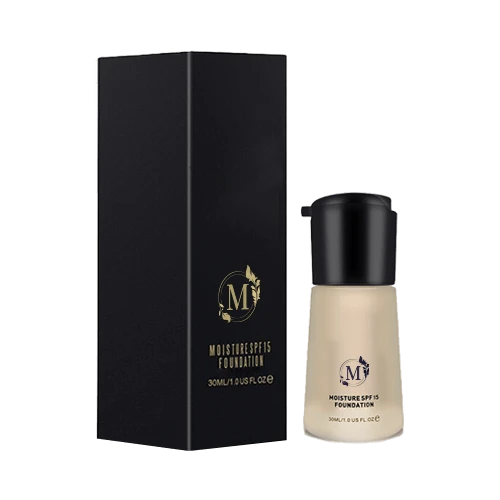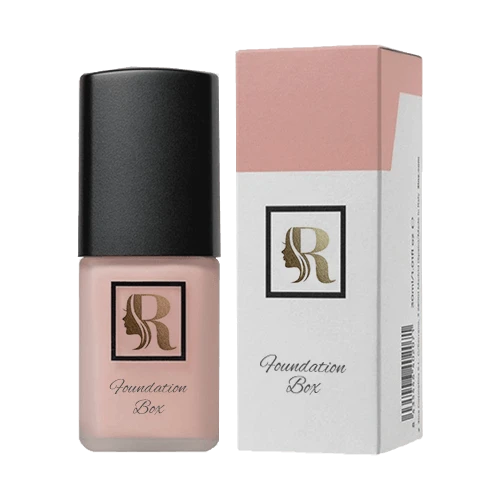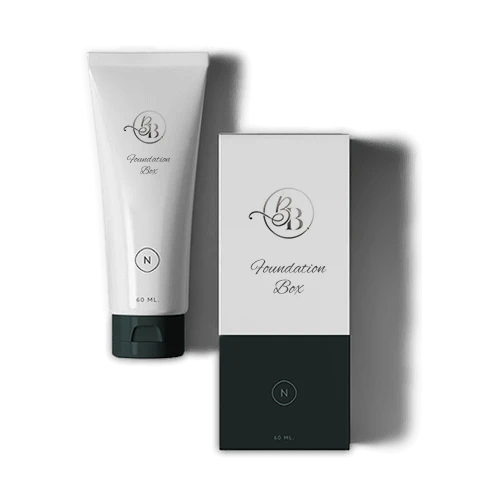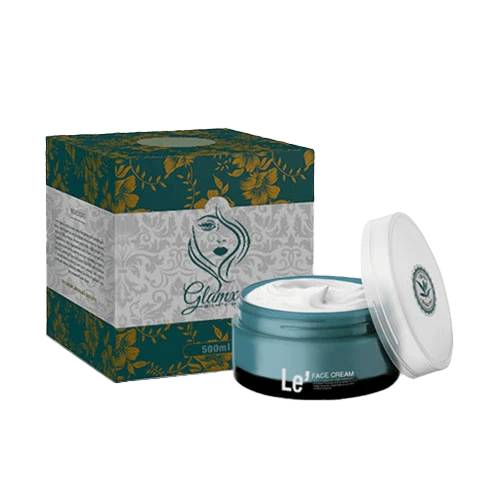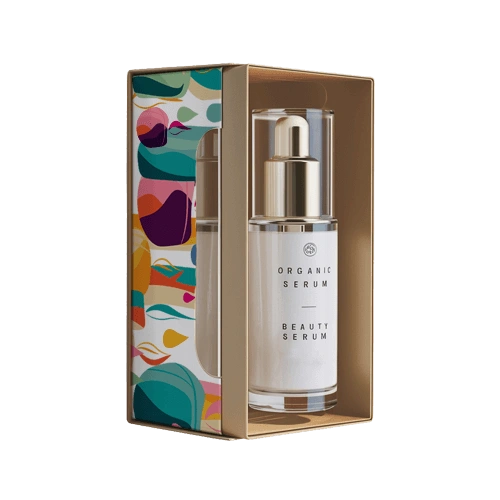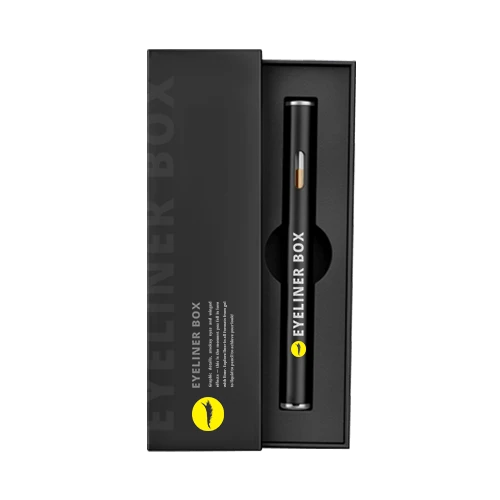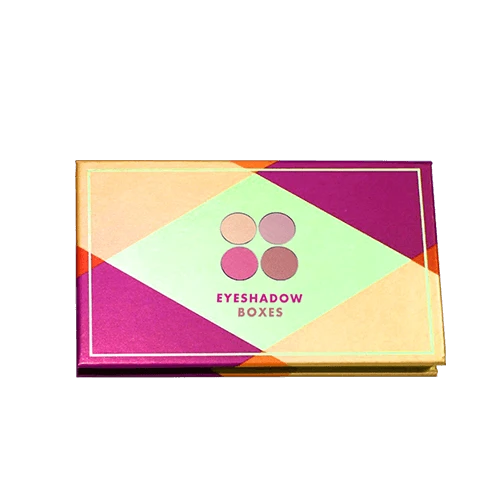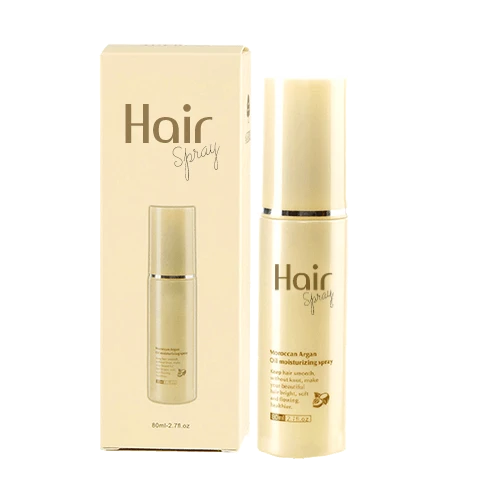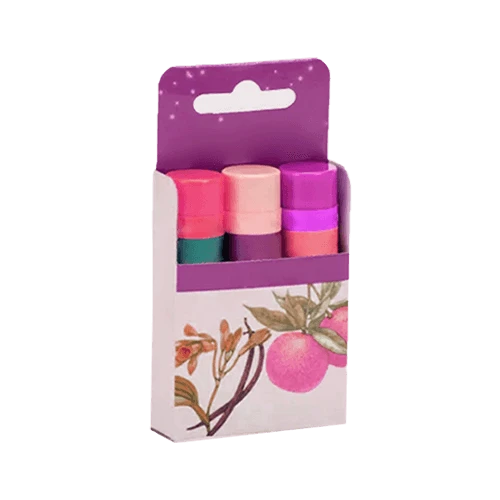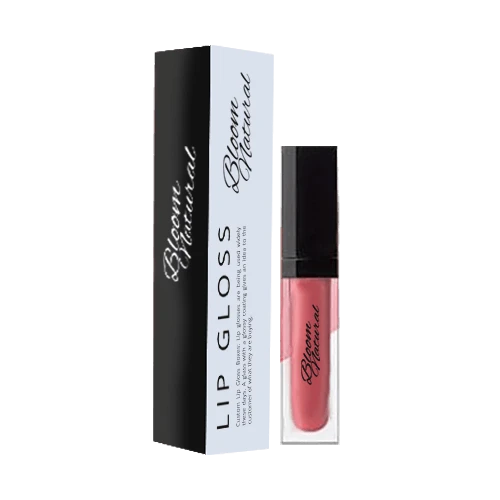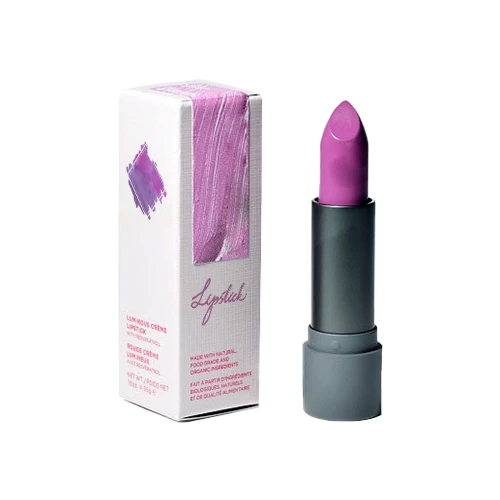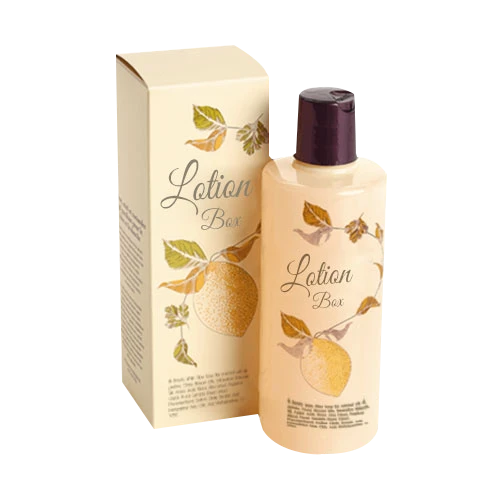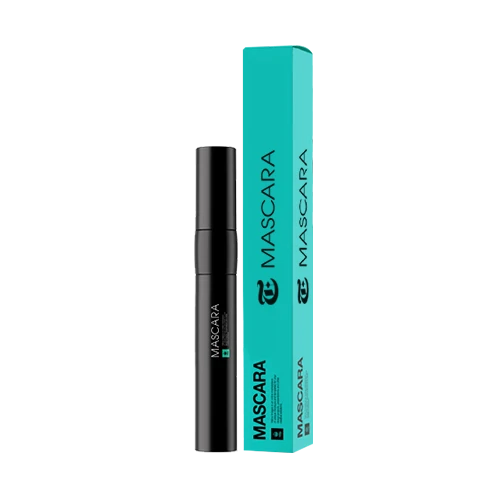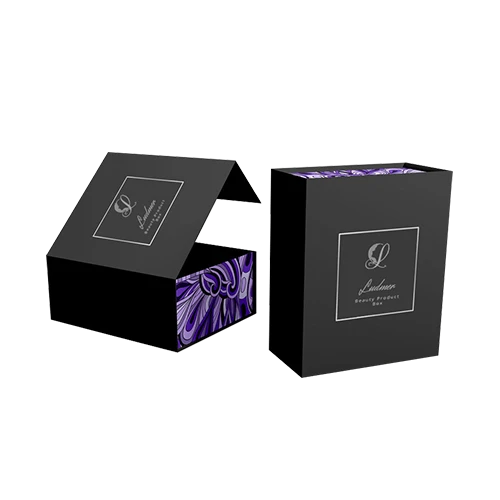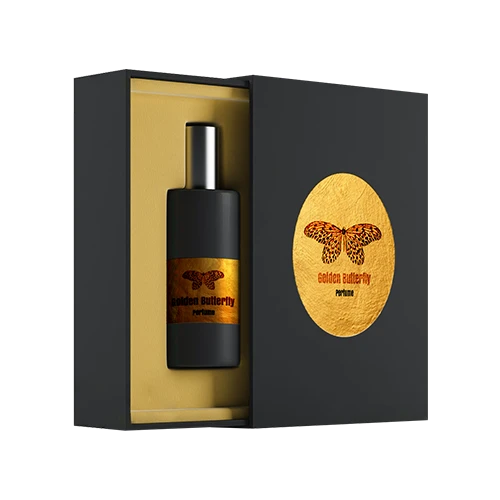Transforming Foundation Packaging with Sustainable Materials and Practices
- Going Green: Innovative Approaches to Sustainable Foundation Box Designs
- From Waste to Wow: Transforming Foundation Packaging with Sustainable Materials and Practices
- Sustainability in Foundation Box Designs: Meeting Consumer Demand and Reducing Environmental Impact
Foundation is a cosmetic product designed to create an even, uniform skin tone and cover imperfections such as blemishes, redness, and dark spots. It acts as a base for other makeup products, helping to achieve a smoother and more polished appearance. Foundation packaging is crucial in protecting the product, maintaining its quality, and presenting the brand's image to consumers.
As environmental awareness grows among consumers, the demand for sustainable packaging solutions in the beauty industry is increasing. Cosmetic brands respond by incorporating eco-friendly elements into their packaging designs, balancing aesthetics, functionality, and sustainability. Critical aspects of sustainable foundation packaging designs include:
- Eco-friendly Materials: Sustainable boxes use eco-friendly materials such as recycled kraft card, biodegradable plastics, or ink derived from plants. Kraft boxes help minimize the environmental impact of packaging production and disposal.
- Reduction of Packaging Components: Simplifying boxes by eliminating unnecessary components, such as extra layers of paper or plastic, can significantly reduce waste. This approach decreases the number of raw materials needed and lowers the packaging's environmental footprint.
- Reusable or Multi-purpose Packaging: Brands increasingly design packaging that can be reused or serve a secondary function after the finished product. Examples include refillable compacts or packaging that can be repurposed as a storage container. This strategy adds value for consumers while minimizing waste.
- Lightweight Design: Reducing the weight of foundation packaging can lessen the environmental impact of transportation and shipping. Lightweight packaging requires fewer resources to produce and generates lower greenhouse gas emissions during transport.
- Clear Communication: Packaging designs should communicate the brand's eco-friendly initiatives. Transparent labeling regarding recyclable materials or support for reforestation projects can help build trust with environmentally conscious consumers.
- Innovative Solutions: Exploring cutting-edge sustainable materials and technologies can lead to innovative foundation box designs that push the boundaries of eco-friendly packaging. Examples include compostable materials, plant-able seed paper, or algae-based plastics.
By incorporating eco-friendly materials and practices into foundation packaging, brands can align with consumer values, differentiate themselves in the market, and reduce their environmental impact. Benefits of sustainable box include:
- Aligning with Consumer Values: By adopting sustainable foundation packaging, brands can cater to the preferences of environmentally conscious consumers, who increasingly prioritize eco-friendly packaging and products.
- Differentiation and Competitive Advantage: Sustainable packaging can help brands differentiate themselves in the crowded cosmetics market, creating a unique selling point and a competitive advantage.
- Enhanced Brand Image: Demonstrating a commitment to sustainability can enhance a brand's image and reputation, fostering a positive perception among consumers and stakeholders.
- Regulatory Compliance: As governments worldwide implement stricter regulations regarding packaging waste and environmental impact, sustainable foundation box designs can help brands stay compliant and avoid potential fines or penalties.
- Long-term Cost Savings: Sustainable packaging materials can lead to long-term cost savings as the production processes become more efficient and waste disposal costs decrease.
By embracing sustainability in foundation box designs, cosmetic brands can cater to the growing consumer demand for eco-friendly packaging while reducing their environmental impact. This shift benefits the planet and can drive brand loyalty, differentiation, and long-term success in the competitive beauty market.

